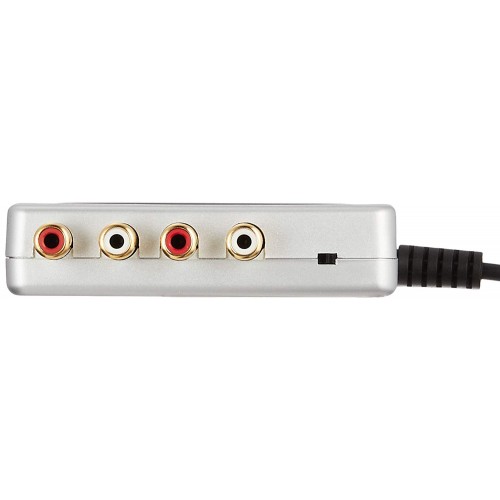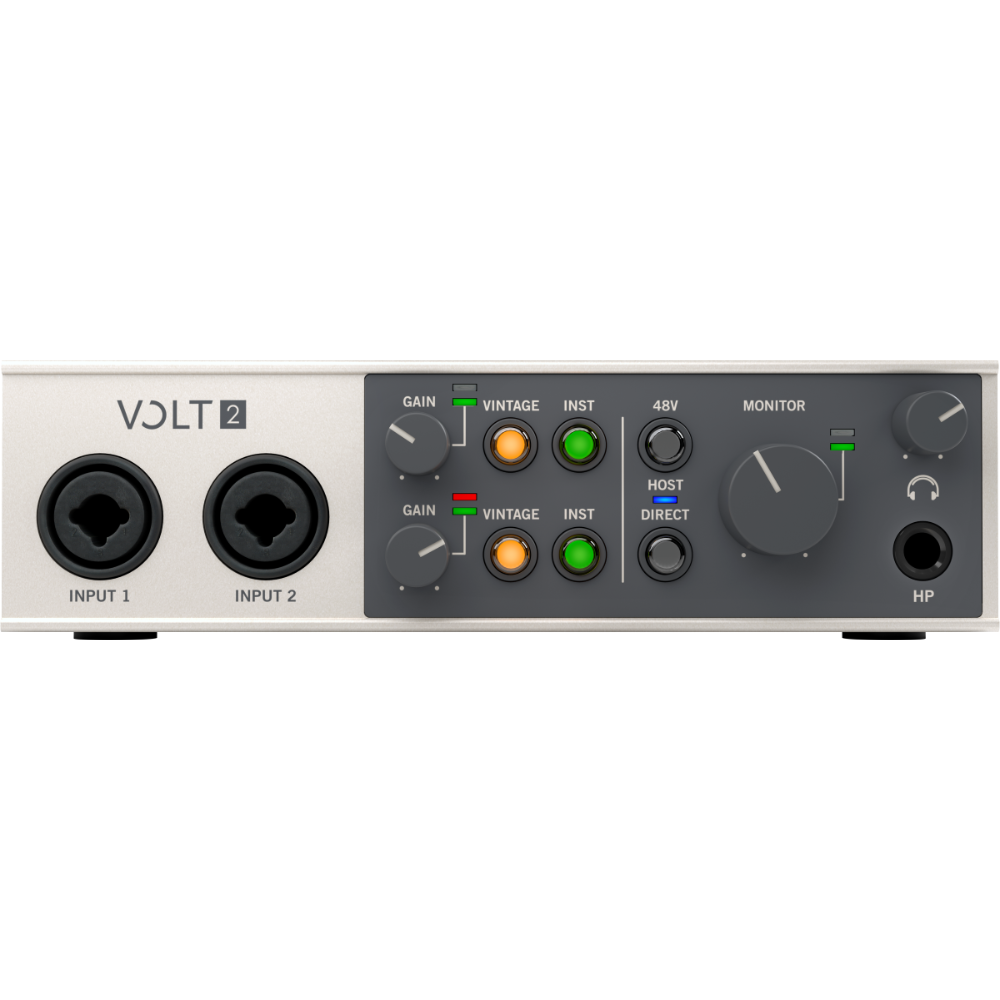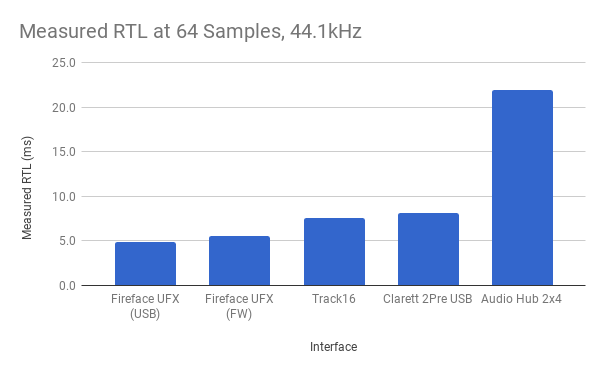
- USB AUDIO INTERFACE LOW LATENCY HOW TO
- USB AUDIO INTERFACE LOW LATENCY INSTALL
- USB AUDIO INTERFACE LOW LATENCY DRIVERS
- USB AUDIO INTERFACE LOW LATENCY DRIVER
- USB AUDIO INTERFACE LOW LATENCY BLUETOOTH
Close the editor to remove the additional latency. Max for Live devices introduce additional latency when their editor window is open. Close the editor window in Max for Live devices Freeze and flatten any tracks with active track delays.ģ. If you adjust a track delay, then every other track in the set is compensated so that everything plays in time. Delay compensation must be active in the Options menu before you freeze and flatten the track. Tracks containing devices which introduce latency should be frozen and flattened to permanently remove the latency. Freeze and flatten plugins and devices which introduce latency We highly recommended using a cabled (USB/Firewire/Thunderbolt) interface instead, or use cabled headphones.
USB AUDIO INTERFACE LOW LATENCY BLUETOOTH
Streaming audio wirelessly using Bluetooth or WIFI adds much higher latency.
USB AUDIO INTERFACE LOW LATENCY DRIVERS
Use a dedicated audio interface running native driversĭedicated audio interfaces usually have native drivers and offer better sound quality than built in soundcards.Ħ. Don't use Bluetooth devices or cast audio
USB AUDIO INTERFACE LOW LATENCY DRIVER
If no native ASIO driver is available for your device use ASIO4ALL instead.ĥ. Newly developed SSP3 DSP chips and improved drivers ensure enhanced low audio latency for the best. The metal housing and high-quality components throughout make your UR-C device the perfect.
USB AUDIO INTERFACE LOW LATENCY INSTALL
Install and use the ASIO driver for your interface. USB 3.1 Gen 1 SuperSpeed provides an exceptionally fast and reliable connection between your UR-C. It's difficult to achieve low buffer sizes when using the default MME/Direct X driver on Windows. Note: It's only possible to select one device as input and output when using the ASIO Driver on Windows. This will reduce the overall latency value. If you're not recording from an external source, then set the Audio Input Device to "No device". Higher samples rates however also put additional stress on the CPU. The higher the sample rate, the lower the latency. Sample rate refers to the amount of samples which are carried per second.
USB AUDIO INTERFACE LOW LATENCY HOW TO
Here's how to reduce the CPU load in Live. Therefore you may notice audio dropouts at lower buffer sizes, depending on the overall CPU load of the set. There's a trade-off though, in that lower buffer sizes require more CPU power. The smaller the buffer size, the lower the latency. You can hover over the title bar of a device to see how much latency it has. However this adds latency, especially if there is a device or process in the set with a very high latency amount. This 26 x 32, USB 3.0 audio interface and studio command center is designed to be the central hub for any project or professional. Delay Compensation is used to ensure that all tracks in a set playback in sync with each-other. In addition, the type of audio driver and the interface you use affect latency.Ĭertain plug-ins and processes can add latency. The bigger the buffer size, the bigger the latency. This helps to minimize dropouts or glitches, as the buffer allows time for all events to be smoothed out. The delay between the musician pressing a key on the MIDI controller and hearing the sound from the speaker is referred to as latency.Īll audio in Live is processed in defined parcels of time, called an Audio Buffer. The information is processed again to send as an audio signal through the speakers, so the recording musician can hear what he or she is playing. The computer has to process the information from the USB interface into the recording. The notes played with a Musical Instrument Digital Interface (MIDI) controller are usually sent to the computer with a USB interface.


The product comes with XLR microphone cable, and Zorro sounds instrument cloth.Recording music on a computer works differently from analog recording. It has robust A/D and D/A converters for a digital recording environment.

The product utilizes eight ADA8200 MIDAS mic preamps and cirrus logic converters to produce a clean and clear sound. The product is an excellent choice for recording and provides impressive performance. To start our list in this category is the Behringer digital audio interface. You might be interested in this awesome: Budget Stereo Amplifier 10. Here is a list of some of the best digital audio interfaces in the market. Studio monitors also do not connect directly to computers and, therefore, the need for a digital audio interface. This connection is not compatible with a computer, and thus the digital audio interface acts as a “middle man” or a “linking pin” between the two. This is necessary because a microphone or other recording gadgets cannot plug into the machine directly as they use an XLR connection. A digital audio interface is a device that allows for the connection between microphones to computers and also to connect studio monitors to your computer.


 0 kommentar(er)
0 kommentar(er)
